Guvāhaṭi - The Areca Market
A travel experience to Guvāhaṭi...
01 Mar 2020
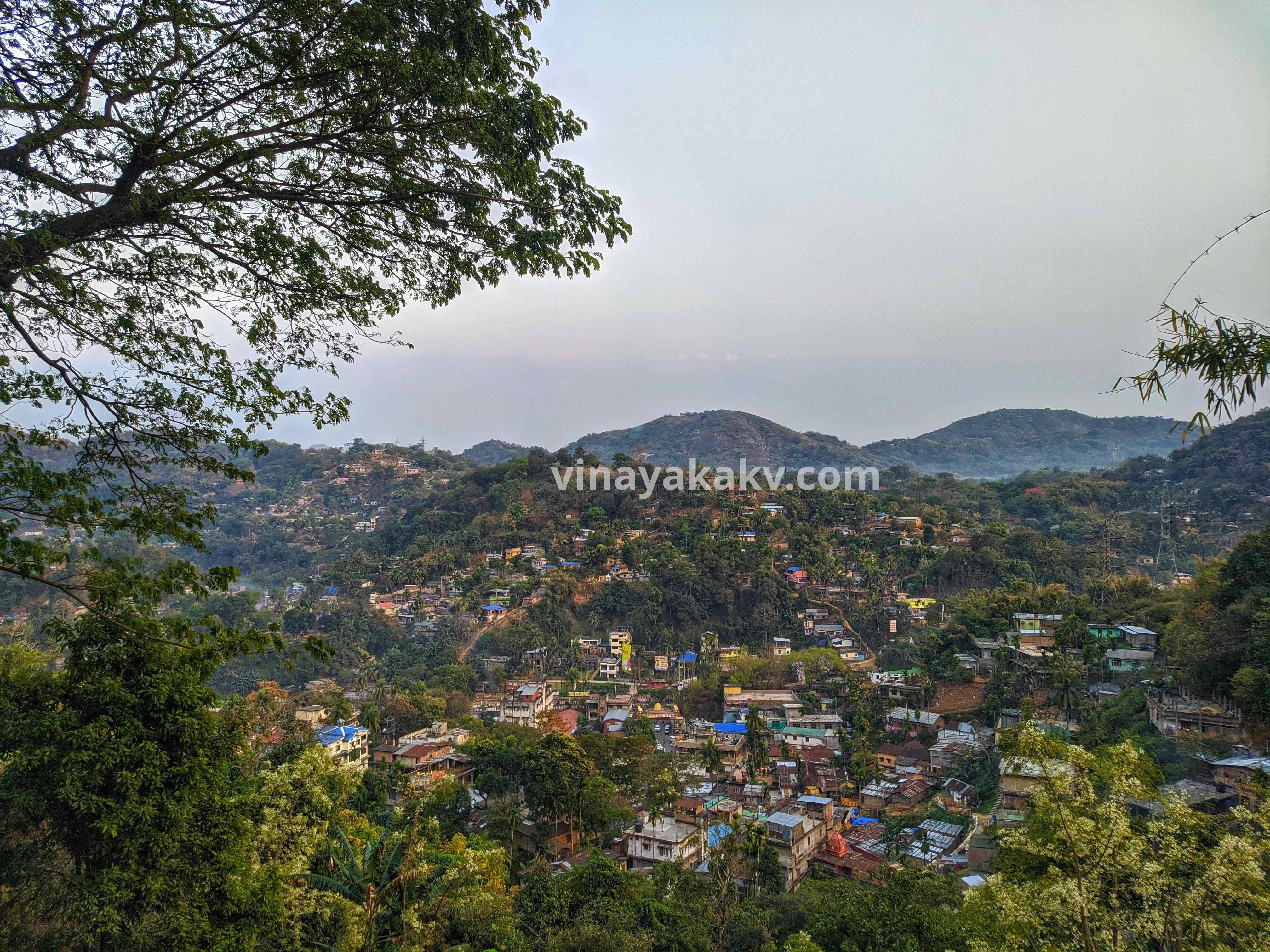
Guvāhaṭi, the largest city of Assam.
Recently, I got the chance to visit IIT Guvāhaṭi as a participant in a conference. While sitting in Mangaluru, Guvāhaṭi seems too far – from the southern end of India to its north-eastern part. However, once in direct flight from Bengaluru, the journey time is pretty much as same as the travel time from Mangaluru to Kalasa! Once there, I felt like I was at home due to the abundance of hills, chilly winds, and greenery.
According to Wikipedia, Guvāhaṭi derives its name from two Assamese words – Guvā (areca nut) and Hāṭa (market); thus there might have been large areca nut markets there. To preserve its legacy, we can still find several areca nut plantations. In Karnataka, especially in coastal regions of Udupi and Dakshina Kannada, we can find several towns whose name ends with aṃgaḍi (ಅಂಗಡಿ - meaning store, maybe market) – Belthangady, Uppinangady, Aladangady and so on. If we translate the name of Guvāhaṭi to Kannada, we get Adakeyangadi – surprisingly, which doesn’t exist, although Karnataka stands at the 1st place in areca nut production in India!
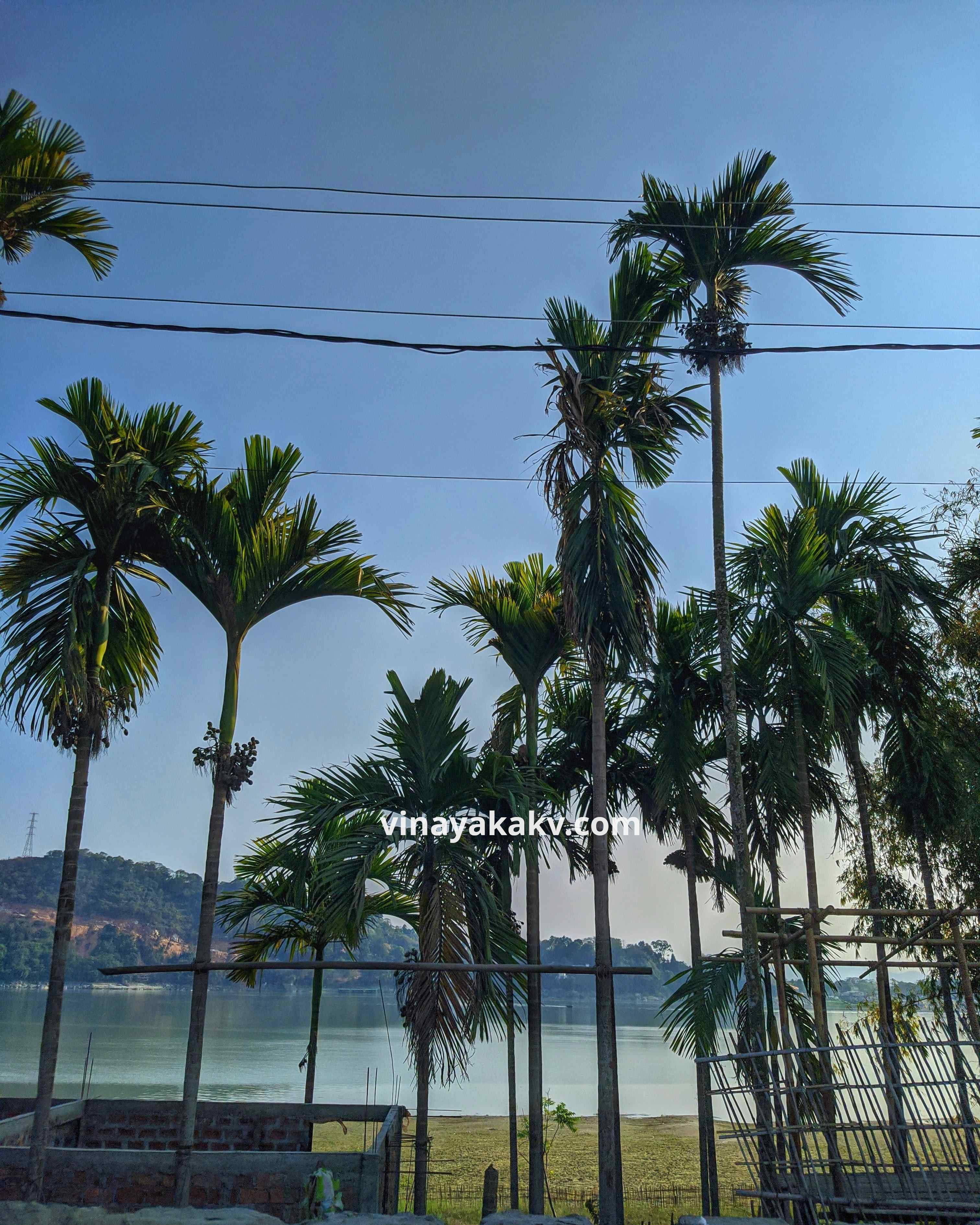
Areca trees at Guvāhaṭi, beside the Brahmaputra
When Assam was Kāmarūpa, Guvāhaṭi was Prāgjotiṣapura, the capital of Narakāsura. At that time, as sthal̤a purāṇa says, Narakāsura started troubling people as his powers grew. To control him, Krishna and his wife Satyabhāma waged war against him. Ultimately, Narakāsura was brought down using Sudarśana Cakra of Krishna. The people of Assam still remember Narakāsura along with Krishna and Satyabhāma.
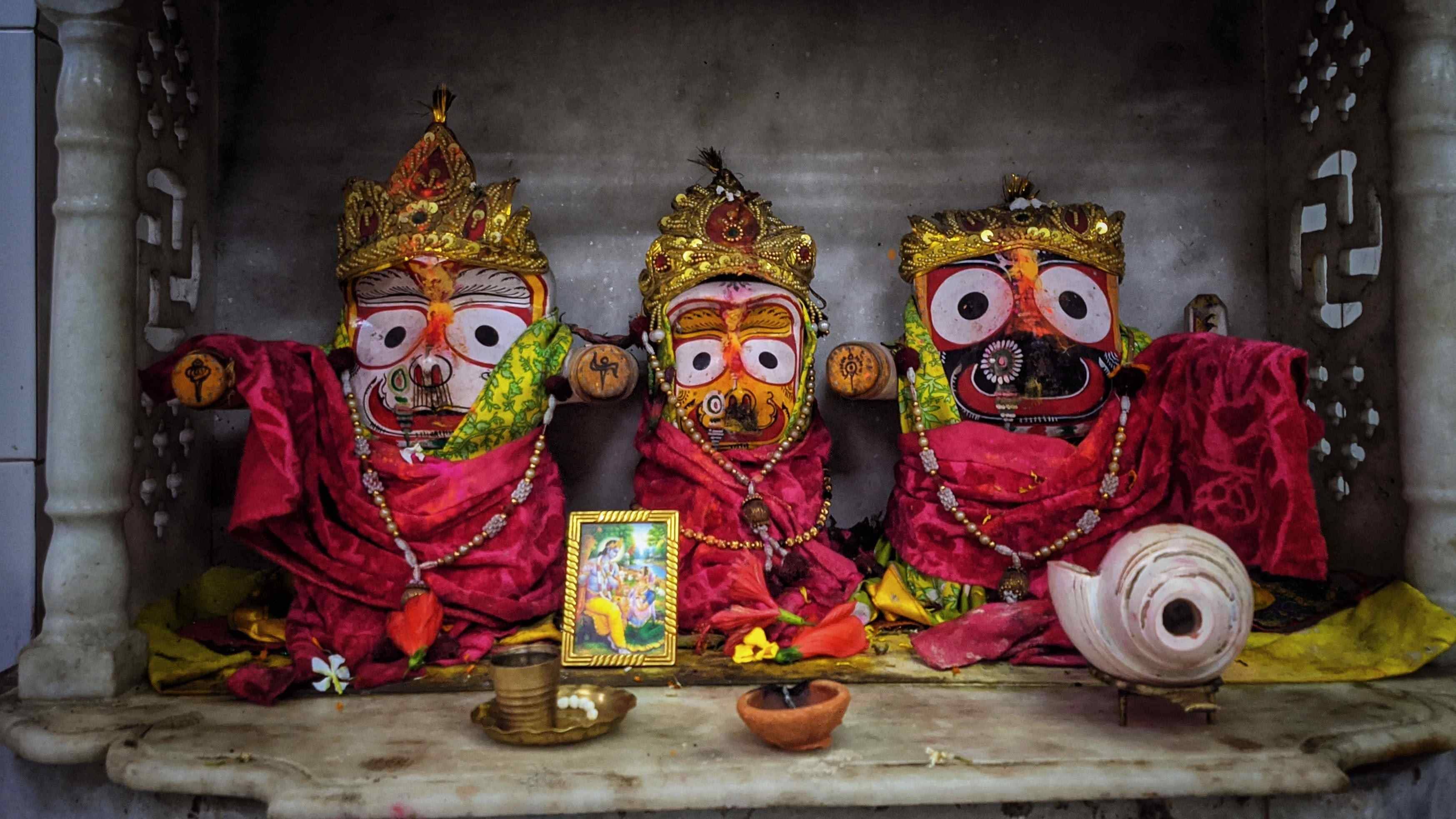
From left to right, Balarāma, Satyabhāma and Krishna – A family photo!
Guvāhaṭi lies on the banks of the mighty Brahmaputra river, which is the 15th longest river in the world by the distance it travels. Since it flows across the regions of various countries and cultures, it has many names. Initially Tsangpo in Tibet, it becomes Siang and subsequently Dihang in Arunachal Pradesh before finally becoming Brahmaputra in Assam. The Brahmaputra is one of the few rivers in India bearing the male name. We had to cross the river as IITG is located at its opposite bank. Fortunately, there is Sarighat Bridge, a combined road and rail bridge, which is 1.492km long, to cross the river.
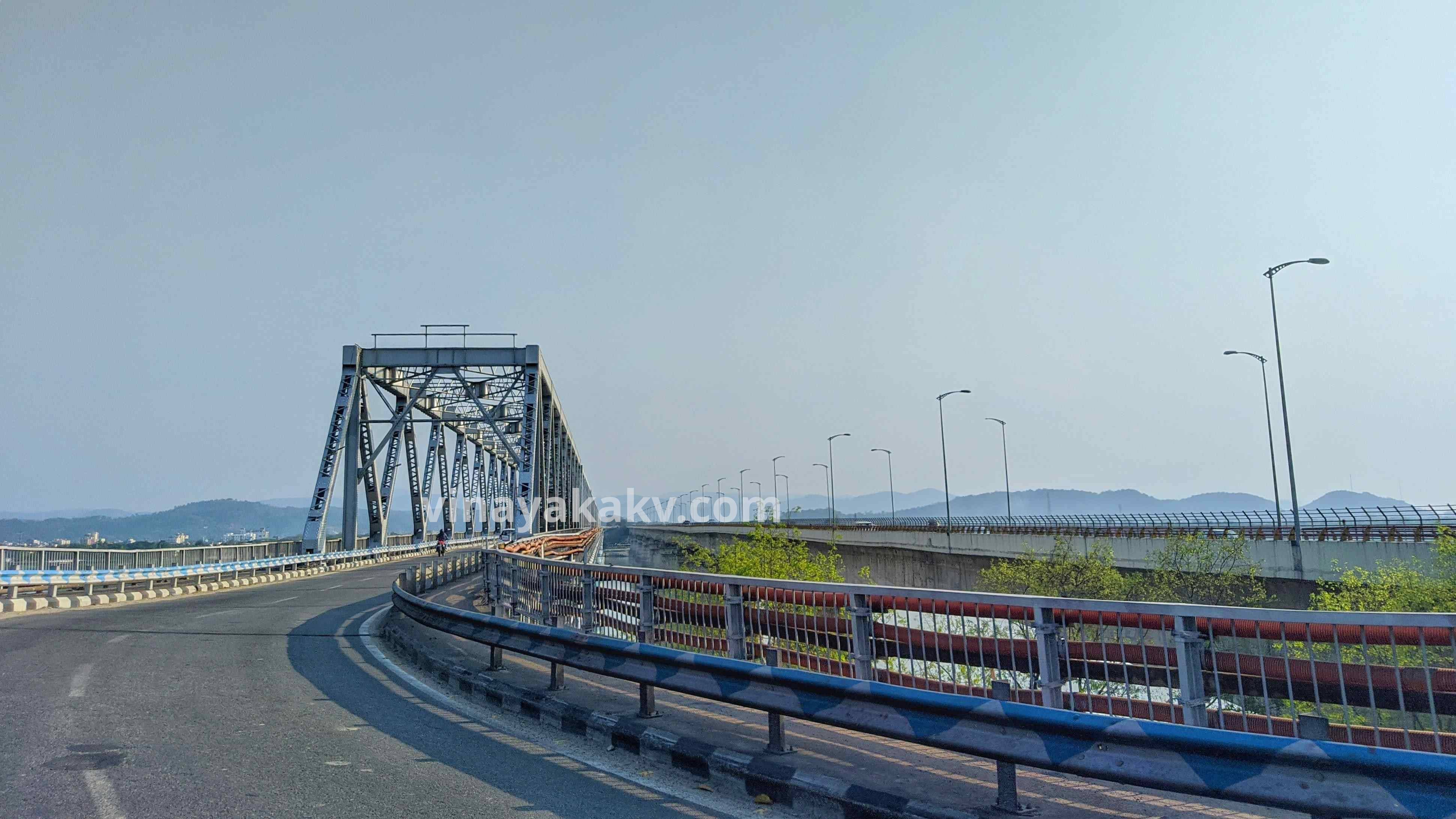
Sarighat Bridge - The first bridge built over the Brahmaputra River in Assam
Situated just outside the gates of IITG, Brahmaputra Ghat offers a good view of the river along with Nīlācala hill. This place was the witness to historic Battle of Saraighat, which was fought between Mughals and Ahoms. Lachit Borphukan headed the Ahom army and was victorious against Mughals despite his illness.

Panoramic view from Brahmaputra Ghat with Sarighat brighe at right. Imagine Ahom and Mughal warfare here!
Along with river Brahmaputra, there are many lakes in Guvāhaṭi acting as freshwater sources. These lakes are fed by rainwater runoffs from nearby hills. Along with their scenic beauty, they also host many native and migratory birds and other species. Some of the lakes are even sources of minor rivers, which are tributaries of Brahmaputra.
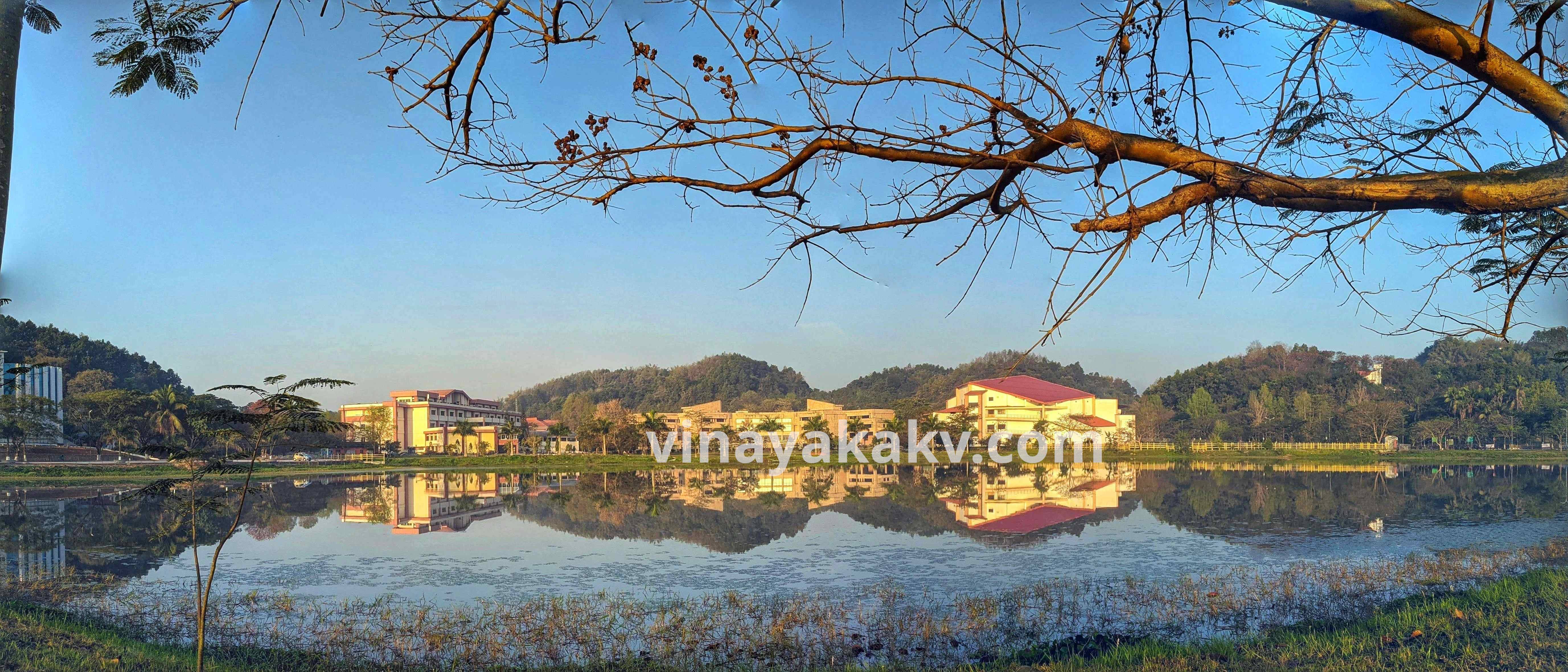
One of the lakes inside IITG
Shillong plateau, with a maximum elevation of 1961m, borders Guvāhaṭi. Therefore, Guvāhaṭi is the home of the foothills of this plateau. Among these hills, Nīlācala is of religious importance. The Kāmākhya temple, one of the 18 Mahā Śakti Pīṭhas of the country, is situated here. Along with the temple, this hill offers a beautiful view of the city and nearby mountains, and the river Brahmaputra.
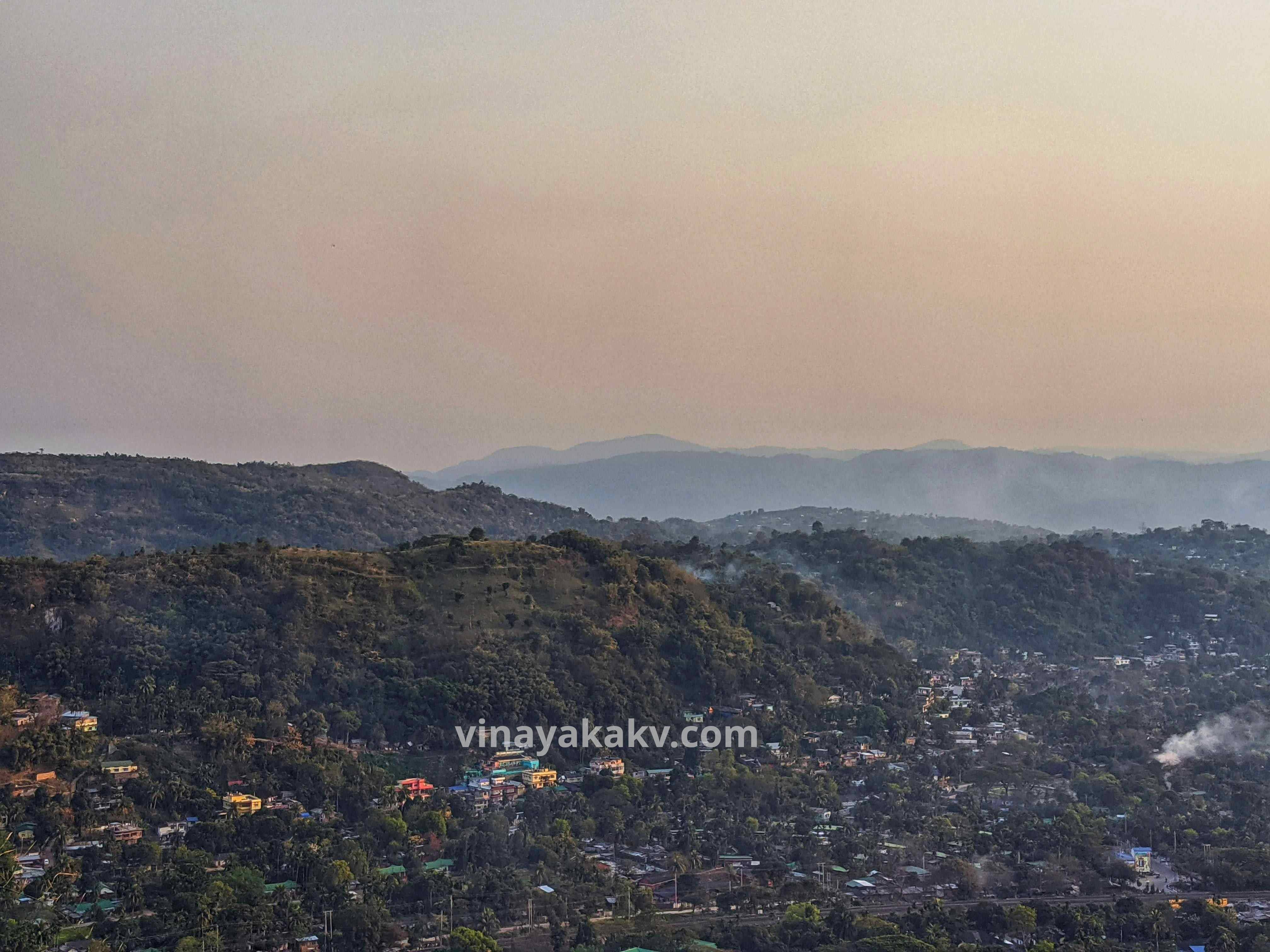
View of Guvāhaṭi from Nīlācala. The blue mountains are a part of Shillong plateau.
The road down Nīlācala to Guvāhaṭi contains wall carvings of the stories related to place (sthal̤a purāṇa). Combined with the sunlight in the evening, they create a fantastic 3D experience.
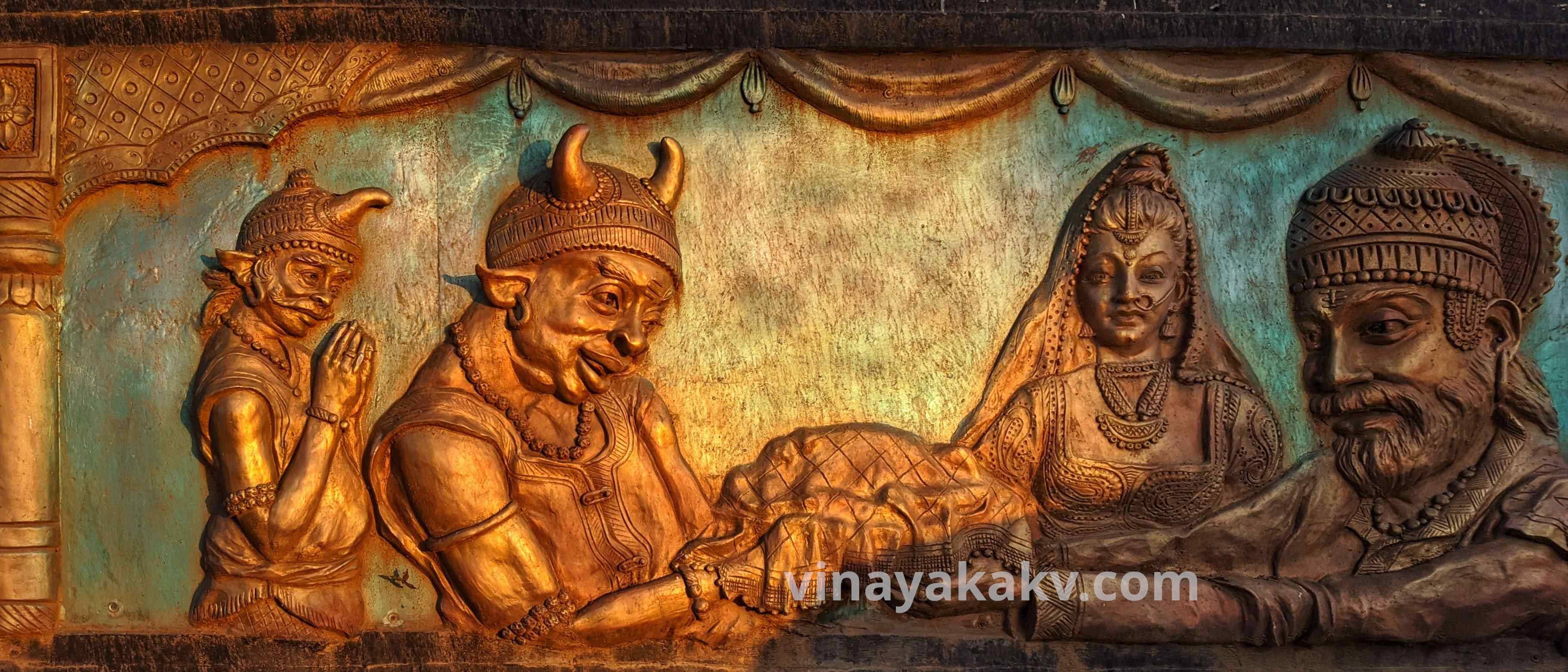
Wall carvings in Nīlācala.
After the end of the conference, as a part of the return journey, I was in Mysuru. Chamundi betta in Mysuru is also one of the 18 Mahā Śakti Pīṭhas. Therefore, after witnessing sunset at Nīlācalasunrise at Chamundi betta, I was about to witness. Although it was raining that day, I was fortunate enough to capture a bit of sun amidst the clouds, and thereby visiting two Mahā Śakti Pīṭhas between sunset and sunrise, and concluding my journey.
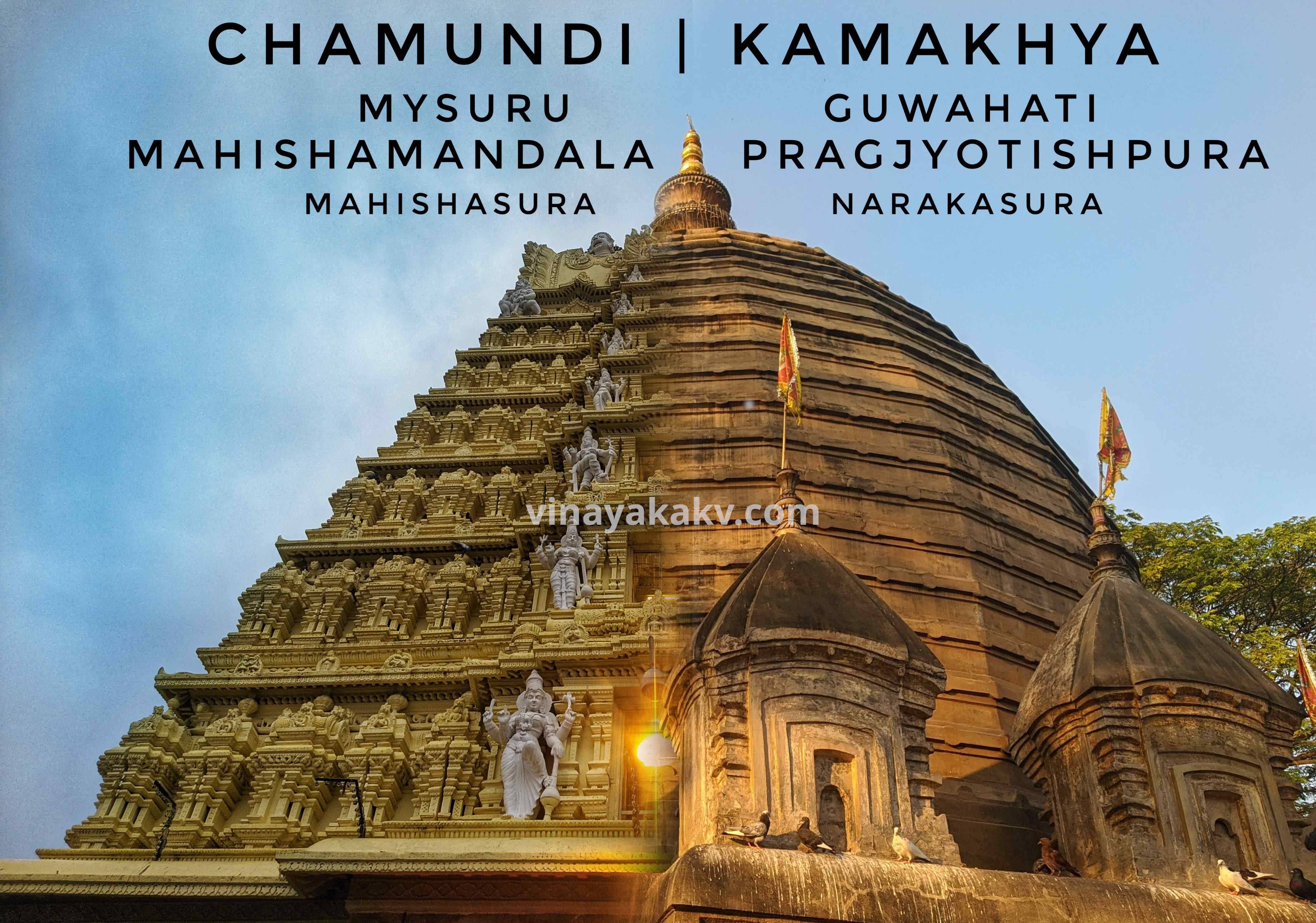
Rājagopuraṃ of Chamundi temple and Vimānaṃ of Kāmākhya temple, merged. Interestingly, they both are in the cities constructed by Asuras - Mahiṣa and Naraka, respectively.